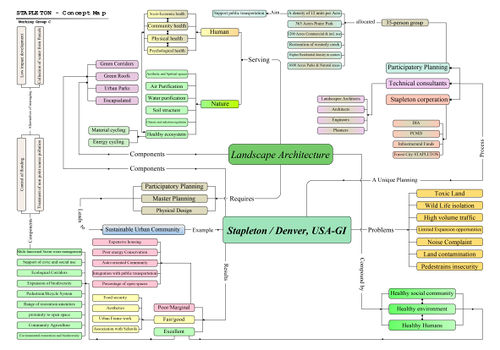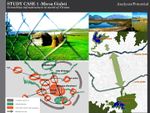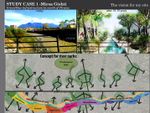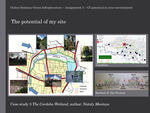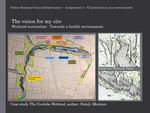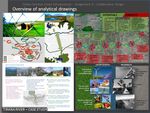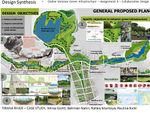Green Infrastructure 2014 - Working Group C: Difference between revisions
Jump to navigation
Jump to search
| (21 intermediate revisions by 3 users not shown) | |||
| Line 11: | Line 11: | ||
*''Concept map - Prof. Gary AUSTIN, Stapleton-Denver Study Case, USA'' | *''Concept map - Prof. Gary AUSTIN, Stapleton-Denver Study Case, USA'' | ||
[[Image:Work_group_C-Model.jpg|500px| | [[Image:Work_group_C-Model.jpg|500px|none|''Green Infrastructure Case Study: Stapleton, Denver- Colorado USA, Gary Austin ]] | ||
''' | ''' | ||
'' | '' | ||
| Line 64: | Line 36: | ||
=== Presentation Slides Assignment 3 === | === Presentation Slides Assignment 3 === | ||
<gallery caption=" " widths="150px" heights="150px" perrow=" | <gallery caption=" " widths="150px" heights="150px" perrow="6"> | ||
Image: | Image:GI_Group C - Mirsa Gishti_Green infrastructure north Tirana_slide_1.jpg|Mirsa Gishti_slide 1 | ||
Image: | Image:GI_Group C - Mirsa Gishti_Green infrastructure north Tirana_slide_2.jpg|Mirsa Gishti_slide 1 | ||
Image: | Image:bahman 01.jpg|Bahman Nahri_slide 1 | ||
Image: | Image:bahman 02.jpg|Bahman Nahri_slide 2 | ||
Image:nataly 01.jpg|Nataly Montoya_slide 1 | |||
Image:nataly 02.jpg|Nataly Montoya_slide 2 | |||
</gallery> | </gallery> | ||
| Line 81: | Line 55: | ||
<gallery caption=" " widths="150px" heights="150px" perrow="4"> | <gallery caption=" " widths="150px" heights="150px" perrow="4"> | ||
Image: | Image:Slide2.JPG|Analytical Drawings | ||
Image: | Image:Projective group c.jpg|Projective Drawings | ||
Image: | Image:Synthesis Group C.JPG|Design Synthesis | ||
</gallery> | </gallery> | ||
Latest revision as of 21:39, 26 January 2015
--> Back to working group overview
Dear working group members. This is your group page and you will be completing the template gradually as we move through the seminar. Each member has an individual page for documenting his/her personal case. You can also access your template for assignment 4 (the joint design) from here. Good luck and enjoy your collaboration!
Assignment 2 - Lecture Concept Map
- Concept map - Prof. Gary AUSTIN, Stapleton-Denver Study Case, USA
Assignment 3 - Green infrastructure potential in your environment
- Assigned: Tuesday, October 28
- Due: Monday, December 1
There is one template page for each group member. The case could be a specific site in direct vicinity or a larger area in your region. The objective is to identify structures that have the potential to become elements of a green infrastructure strategy.
River of Tirana, Albania- Mirsa GISHTI
City River (Shahar chay), Iran- Bahman Nahri
The Cordoba Wetland, Colombia - Nataly Montoya
Gleisdreiseck Pasing, Munich-Germany-Paulina Nickl
Presentation Slides Assignment 3
Assignment 4 - Collaborative Green Infrastructure Design
- Assigned: Tuesday, December 2
- Due: Tuesday, January 26
